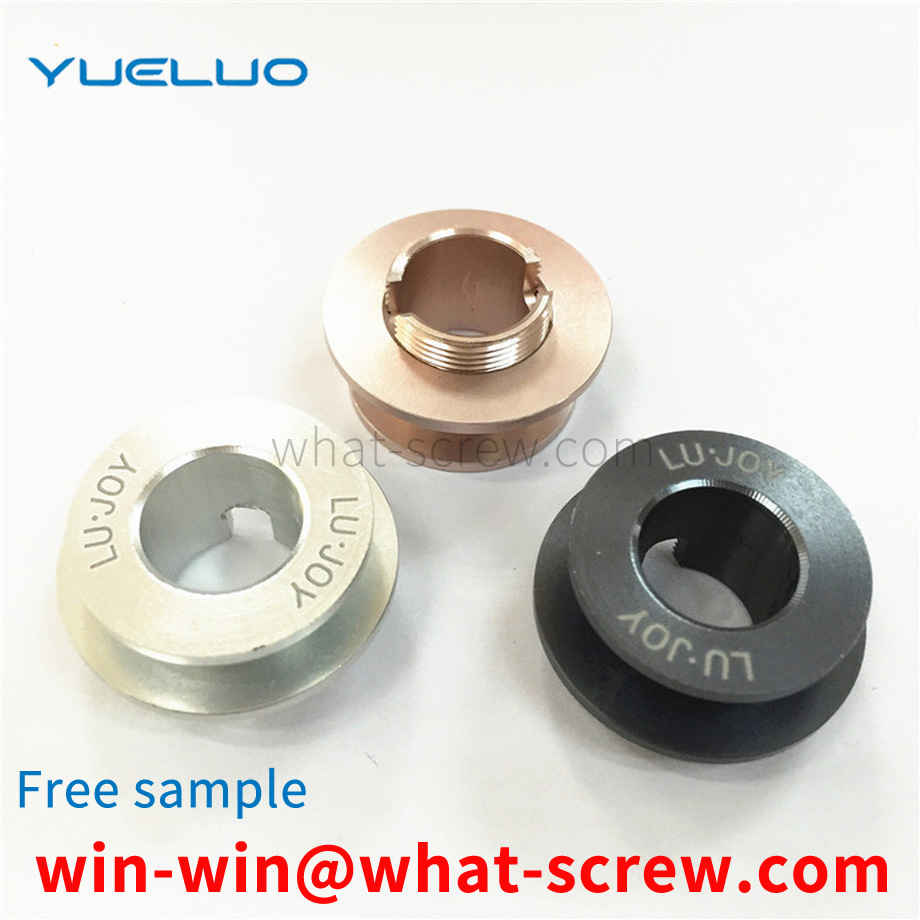Double-end stud (English name: double-end stud) refers to a cylindrical fastener with threads at both ends. Widely used in electric power, chemical industry, oil refining, valves, railways, bridges, steel structures, automobile and motorcycle accessories, machinery, boiler steel structures, pendant towers, large-span steel structures and large buildings.
However, for some thin-walled parts (such as metal material parts with a thickness of less than 1mm), the combination of cylindrical pins and edge-cutting positioning pins is used as the positioning method on the workstation equipment. In the process of automatic grasping by mechanical grippers, there are many The disadvantage is that if the positioning accuracy is to be met, it is inconvenient for the parts to be placed in the station utensils, and it is also inconvenient for the mechanical gripper to grasp the parts, and it is easy to cause the phenomenon of positioning pin hook parts when grasping the parts. Abandon the positioning and matching accuracy of pins and holes, but in the process of equipment assembly, due to poor positioning accuracy, another phenomenon will occur, that is, the positioning pins on the mechanical gripper are not aligned with the positioning holes of the workstation equipment, so that the equipment Frequent errors. As shown in Figure 2, when the mechanical gripper grasps thin-walled parts with an inclined angle, if a cylindrical pin is used, there must be a large gap between the cylindrical pin head and the part positioning hole, that is, the diameter A of the part positioning hole must be larger than Only when the diameter B of the cylindrical pin head is larger, the parts can be picked and placed.
A rivet is a nail-shaped object used to connect two parts (or members) with a through hole and a cap on one end. In riveting, the riveted parts are connected by their own deformation or interference. There are many types of rivets, and they are informal.
Common types of common screws All kinds of common screws (20 pieces) a. Slotted: a word ( Minus ) b. Phillips: cross ( Plus ) c. Phil-Slot: a word / cross d. Hex Socket: hexagon socket e. One Way: One-way (can only be locked in, not out) A-4: Head Code/ head shape. a. Flat: Flat head (after locking, the top is flush with the work piece) b. Oval: salad head, O head, countersunk head screw unit of measure screw unit of measurec. Round: round headd. Pan: round flat heade. Truss: large round flat headf. Hex: hexagon head. A-5: Finish Code/Appearance treatment. Metric Self-tapping screw: Mark Tapping Type directly behind the product name. Ex: M3 x 6 –PPB, Tapping Type: M3 self-tapping screw, 6mm long, cross, round flat head, black plated. Generally, it is determined by product type or mark. For Sheet Metal or plastic parts. *Pitch = Threads per inch
drilling and tapping screw, more specifically, refers to a drilling and tapping screw that can be closely connected to an object without clearance. Screws usually use a screw design to achieve the purpose of tightening, or adjusting distance, or moving or transmitting power. Among them, it is the most common for tightening, and the screws generally used for tightening also usually have The combined function of self-drilling, tapping and locking can achieve the purpose of its tight fit. Known drilling and tapping screws are such as
We have many years of experience in the production and sales of screws, nuts, flat washers, etc. The main products are: high-strength screws, hot-dip galvanized washers, wholesale T-nuts, mechanical auto parts screws and other products, we can provide you with suitable fasteners for you solution.



















 Service Hotline
Service Hotline




